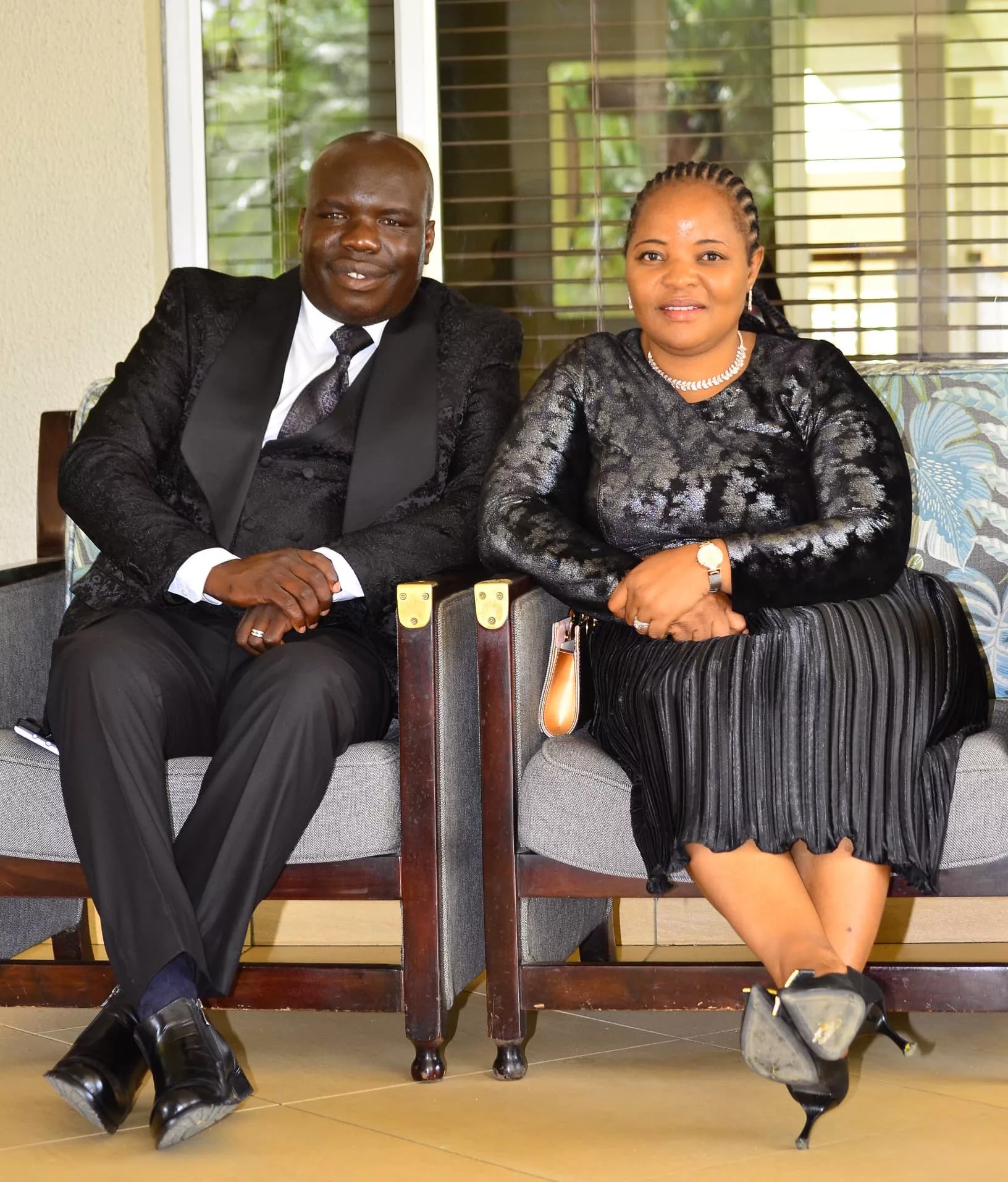By Byron Mutingwende
The Zimbabwe Environmental Law Association (ZELA) has called for responsible mining, improved disaster management, safety and health following flash floods that killed artisanal and small-scale miners (ASM) at Battlefield Mine last week.
“We should find solutions about responsible mining, disaster management, preparedness, safety and health within the artisanal and small-scale mining sector in compliance with the existing national legislation.
“There is need to take stock of occurrences within the sector and provide ideas towards making ASM safe,” said Shamiso Mutisi, the ZELA Head of Programmes and Deputy Director.
Poor working conditions are a common feature in the ASM sector in Africa. Narrating the events about the disaster at Cricket and Silver Moon Mines at Battlefield area outside Kadoma, Blessed Mhlanga, a journalist with Alpha Media Holdings, bemoaned the fact that the government and other partners delayed to rescue the miners trapped underground because ASM sector is largely criminalised so some of the miners reported the case to the police at a later stage.
“The flash floods occurred when the miners had gone underground without suspecting any harm because it had rained elsewhere. The exact number of people who were trapped underground is not known. The claim owners demand royalty from the miners but others clandestinely access the mine shifts without having their names recorded because they want to avoid paying the royalties. That is why initially 23 miners were recorded but 32 were rescued with eight of them alive,” Mhlanga said.
The journalist said the miners did not have protective clothing and because there is no adequate oxygen underground, some of them might have died due to suffocation or inhaling poisonous gases.
Henrietta Rushwaya, the President of the Zimbabwe Miners Federation (ZMF) said most accidents in ASM are caused by human, technical and work environment.
“Pit flooding is one of the common causes of accidents within the ASM. During and after heavy rainfalls, water run off can enter and fill up open pits or underground workings as what happened in Battlefields. In some cases ground water inflow can also lead to flooding. This leads to trapping and drowning of mine workers and the collapse of the pit or tunnel,” Rushwaya said.
Despite the accidents, Rushwaya emphasised that people have the right to work under a satisfactory, safe and healthy conditions.
“Because ASM has low levels of organisation and is informal, most unlicensed ASM give little attention to their own safety, or that of others. Consequently, accidents and injuries happen thereby creating enormous costs for the individual, the whole community, the mining industry and the nation as a whole.
“Following the recent fatal accident at Battlefields, the government should expedite the formalisation of the artisanal and small scale mining sector.”
Formalisation is the process of bringing informal income earning activities and economies like artisanal and small scale gold mining activities(ASGM) into the formal sector through a legal, regulatory and policy framework. Formalisation also concerns the activation ,monitoring and enforcement of such regulations as well as the inclusion of marginalised miners in the mainstream economy.
Fadzai Traquino, a legal officer with the Women in Law in Southern Africa (WILSA), called for a streamlined and accessible licensing process that will make sure women also get mining licenses within the ASM.
“There is need of providing access, support services and processing centres once licensed and to incentivise artisanal miners to become licensed. The ASM also need access to geological prospected land and demarcate land specifically for ASM activities so that miners can access finance to support services by using geological information as collateral for bank loans. According to statistics, 60 percent of gold output comes from ASM hence there is need to protect the sector,” Traquino said.
The ZMF also provides training workshops in line with the African Mining Vision. The African MiningVision (AMV) follows the 2002 Yaounde Vision on ASM adopted by Communities for Artisanal and Small Scale Mining(CASM) Africa initiative to call for “ Participatory ASM development strategy that focuses on the formalisation of the ASM sector and its integration into local and regional economic development and land use plans and strategies especially poverty reduction strategies and reviewing mining policies to incorporate a poverty reduction dimension.
Shamiso Mutisi added that there is a legal and policy framework related to ASM health and environmental protection. This is available in the Constitution and the Environmental Management Act.
The Mines and Minerals Act also prohibits mining without a licence. The Mines and minerals Amendment Act also talks about the rehabilitation of disused mines in which companies should not leave open pits after mining operations. Statutory Instrument 92 of 2014 prohibits alluvial mining without an Environmental Impact Assessment (EIA).
ZELA is in the process of mapping hotspot ASM areas in the Runde area and is identifying areas where mercury is heavily used. Stakeholders called for safety and health education by civil society organisations, the ZMF and the private sector.






